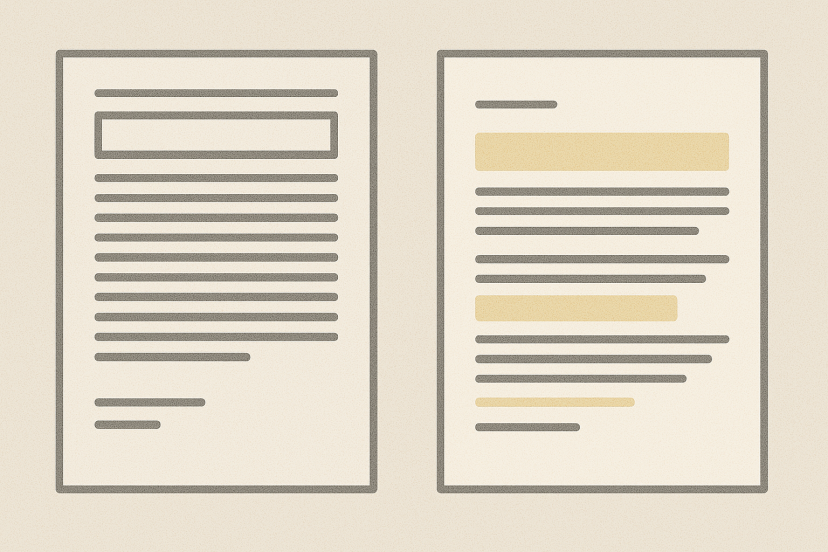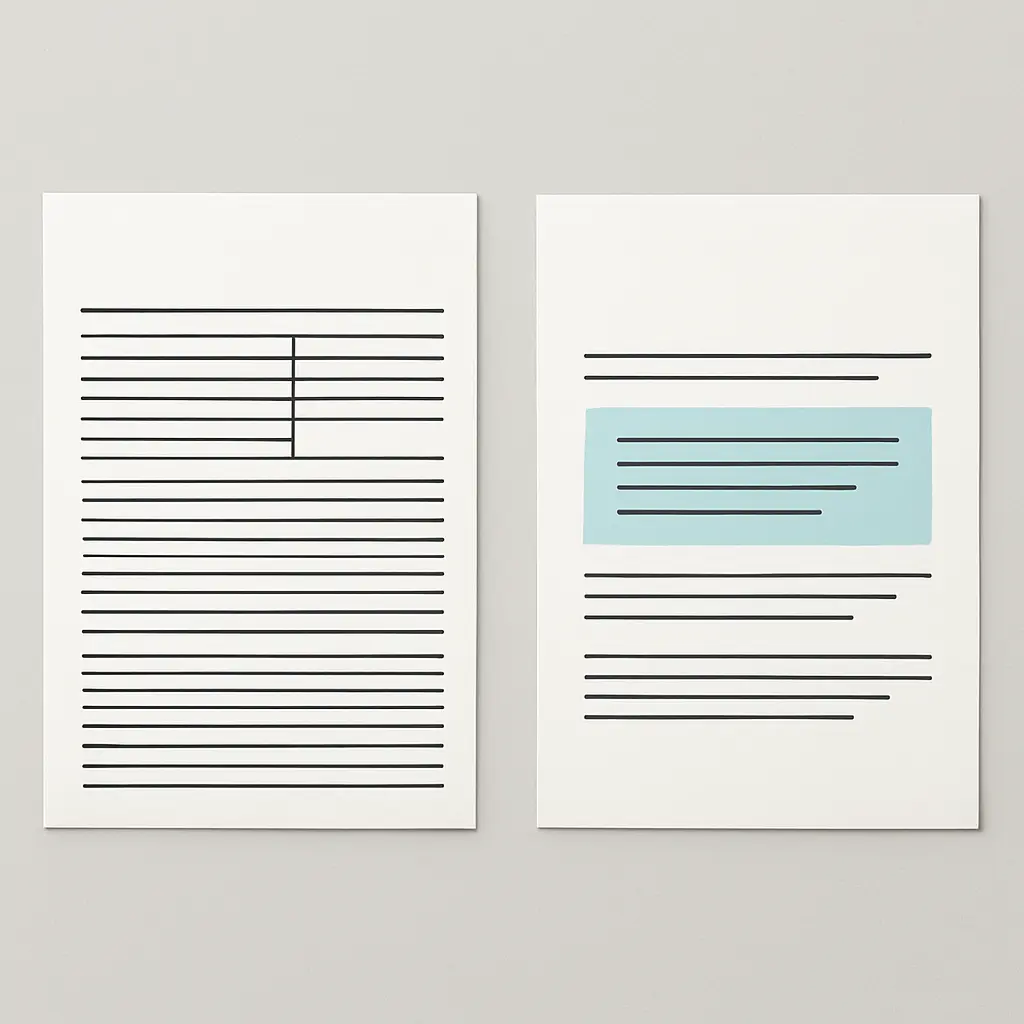The Robots Are Here, Chapter 3: The Human Filter
We’ve discussed how to spot a human applicant in a pile of AI-generated resumes. Now, let’s fix the problem at the source: your job description.
- The Robots Are Here, Chapter 3: The Human Filter - October 20, 2025
- The Robots Are Here, Chapter 2: How to Spot a Human - October 13, 2025
- The Robots Are Here : Chapter 1 - October 8, 2025
In the first two chapters of this series, we’ve focused on how to react to the new reality of hiring. We defined the problem of “AI noise” and discussed the signals to look for to identify a genuinely interested human candidate.
But what if we could reduce the noise from the very beginning?
The single most overlooked tool in your hiring toolkit is the job description itself. For years, we’ve been taught to write them like technical manuals—a dry list of responsibilities and keyword-heavy requirements. The unintended consequence is that we’ve created the perfect bait for the very AI bots we’re trying to avoid.
If you want to attract a human, you need to write for one. Your job description isn’t just a list of tasks; it’s your first line of defense. It’s your human filter.

Here are three ways to write a job description that repels bots and attracts the right people.
1. Lead with the “Why,” Not Just the “What”
Most job descriptions start with a list of daily tasks. This is a mistake. It speaks to the responsibilities of the role but ignores the purpose.
A robot can easily match keywords like “manage spreadsheets” or “execute marketing campaigns.” But a human is looking for something more. They’re looking for a mission.
Start your job description with two or three sentences about why this role exists and the impact it will have on your company. Instead of “Candidate will be responsible for sales outreach,” try “You will be the driving force behind our growth, bringing our solution to the small businesses who need it most.” The first is a task; the second is a purpose. Humans are drawn to purpose.
2. Use Simple Language, Not Corporate Jargon
Words like “synergy,” “leverage,” “optimize,” and “drive key performance indicators” are robot bait. They are generic, impersonal, and easily scraped and repeated by AI models.
Write like you speak. Use direct, simple, and human language.
- Instead of: “Leverage cross-functional synergies to optimize outreach.”
- Try: “You’ll work closely with our marketing and product teams to find new customers.”
Clear, authentic language acts as a natural filter. It attracts people who appreciate transparency and are more likely to be a good cultural fit.
3. Add a “Human” Instruction
This is the most powerful tactic I’ve seen. Embed a simple, non-standard instruction within the job description. This is a test that a low-effort AI application will almost always fail.
It can be as simple as:
- “In your cover letter, please mention the name of our company.”
- “To apply, tell us about one project you’re proud of and why.”
- “Start your application with the phrase ‘I’m the right person for this role because…'”
A genuinely interested human will read the entire description, see the instruction, and follow it. An AI bot, trained to mass-apply by simply matching keywords, will often miss this nuanced detail entirely. It’s a simple and incredibly effective way to separate the truly engaged candidates from the automated noise.
Your Most Powerful Tool
Writing a great job description takes a bit more thought, but it’s the highest-leverage activity in the entire hiring process. It saves you dozens of hours on the back end by filtering out the noise before it even hits your inbox.
At WhatJobs, our entire philosophy is built around making this process smarter and easier for business owners. It’s why we’re building tools to help you do exactly this.
Next week, in our final chapter, we’ll tie it all together and talk about building a hiring process—from first look to final offer—that is efficient, respectful, and truly human.
All the best,
Alexander Paterson
Founder & CEO
